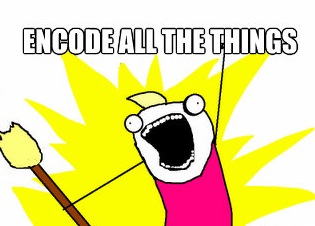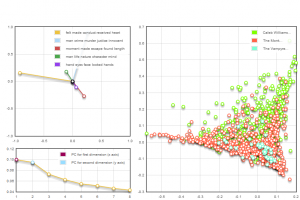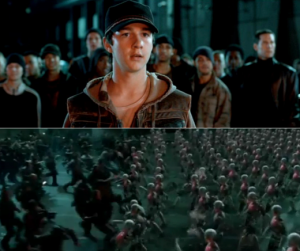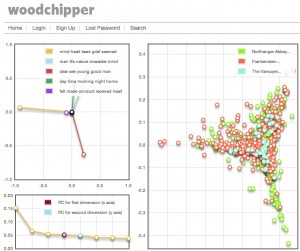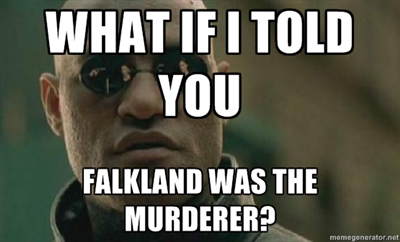Location, location, location!
What is the “Gothic”? We came up with several terms that seem to come to mind when one thinks of a Gothic novel. One of the more compelling aspects was finding texts to help complete our list of both Gothic and non-Gothic novels. Another interesting component to this project is working with our sister class from UVA. Being that this is a technoromantic class, incorporating technology in order to keep in contact was definitely a must. We made use of phone, email, googledocs, as well as skype.
For our mini sub-group, Lingerr and I examined how location/setting helped to define Gothic novels. This topic explores both country of origin (these novels span from England to France to Switzerland…) as well as the physical location of some of the settings (who doesn’t like a castle and a creepy manor?) The goal was to (hopefully) find a link or at least a similarity between texts that took place within the same country as well as physical setting. Much to my delight, many of the runs did find such congruities…
This run uses The Mystery of Edwin Drood, Dracula, and Great Expectations, which are novels that take place in England. There are clear similarities of plotting among the topics (“facial features”, “time”, etc.). Interestingly enough, the non-Gothic outlier I threw in, Great Expectations, fits in almost perfectly. This interesting finding slightly complicates whether the topic models are helping me to define the Gothic or to find similarities amongst geography…
Here is a run where Jane Eyre, another England Gothic novel, is thrown into the mix. Once again, there are many similarities (with Jane Eyre plotting farther down the topic of “love”).
London was a bit of a different story.
This is a run of London Gothic novels, The Beetle, The Picture of Dorian Gray, and The Vampyre. The Beetle and Dorian Gray have some similar plotting along “inquiry” and “appearance”, but The Beetle also diverges a bit. The Vampyre doesn’t follow the similar pattern of the other two texts and positions itself in the interior of the graph.
Varney, The Vampyre (which contains London as one of its settings) is added. Some of the topic models change, and while there are still paths of similar plotting, there is far more incongruity amongst the texts in the middle.
This run explored Gothic novels that took place in large manors. There is similar plotting, and the topic models focus on “room, time, found…” and “day, time, home…” The three authors are British (the Bronte sisters) though Vilette takes place in Belgium. Interestingly, one could argue that there is harmony here because of the locations or because the sisters may have similar writing styles…
This run compares the English manors of Wuthering Heights to the French cathedral of The Hunchback of Notre Dame. The only similar plotting here is along the topic “stone, great, feet, walls.”
All in all, Woodchipper is a fascinating and useful tool. The above is just a small portion of the results of the runs I’ve done through Woodchipper. I wanted to present findings in which the tool was able to both prove and disprove my optimistic hypothesis. One of the frustrations of the tool is that it picks the most popular topics that appear whereas it might be useful to the user to be able to pick similar topics throughout all of the runs in order to make more conclusive findings. Location topic models appear, but they don’t necessarily show similarities within the actual plot of the stories. Perhaps I’m glad that Woodchipper isn’t able to make conclusive findings on its own 100% of the time. I don’t think I’m ready to take out the human agency in exploring and classifying literature yet.








